Using Pawpaw As Cancer Treatment: How Does Pawpaw Fight Cancer


Natural remedies have been around for as long as humans. For most of history, in fact, they were the only remedies. Every day new ones are being discovered or rediscovered. Keep reading to learn more about pawpaw herbal medicine, specifically using pawpaws for cancer treatment.
Pawpaw as Cancer Treatment
Before going any further, it’s important to state that Gardening Know How cannot offer any medical advice. This is not an endorsement of a certain medical treatment, but rather a laying out of the facts of one side of the story. If you’re looking for practicable advice on treatment, you should always speak with a doctor.
Fighting Cancer Cells with Pawpaws
How does pawpaw fight cancer? In order to understand how pawpaws can be used to fight cancer cells, it’s necessary to understand how cancer cells work. According to an article from Purdue University, the reason anti-cancer drugs can sometimes fail is because a small portion (only about 2%) of cancer cells develop a kind of “pump” that flushes out the drugs before they can take effect. Since these cells are the ones most likely to survive treatment, they are able to multiply and establish a resistant force. However, there are compounds being discovered in pawpaw trees that are, it seems, able to kill these cancer cells in spite of the pumps.
Using Pawpaws for Cancer
So will eating a few pawpaws cure cancer? No. The studies that have been conducted use a particular pawpaw extract. The anti-cancer compounds in it are used in such a high concentration that they can actually be somewhat dangerous. If taken on an empty stomach, it can cause vomiting and nausea. If taken when no cancer cells are present, it may attack similar “high energy” cells, like those found in the digestive system. This is just another reason why it’s important to speak with a doctor before undergoing this, or any other, medical treatment. Disclaimer: The contents of this article are for educational and gardening purposes only. Before using or ingesting ANY herb or plant for medicinal purposes or otherwise, please consult a physician or a medical herbalist for advice. Resources: http://www.uky.edu/hort/Pawpaw https://news.uns.purdue.edu/html4ever/1997/9709.McLaughlin.pawpaw.html https://www.uky.edu/Ag/CCD/introsheets/pawpaw.pdf
Gardening tips, videos, info and more delivered right to your inbox!
Sign up for the Gardening Know How newsletter today and receive a free copy of our e-book "How to Grow Delicious Tomatoes".

The only child of a horticulturist and an English teacher, Liz Baessler was destined to become a gardening editor. She has been with Gardening Know how since 2015, and a Senior Editor since 2020. She holds a BA in English from Brandeis University and an MA in English from the University of Geneva, Switzerland. After years of gardening in containers and community garden plots, she finally has a backyard of her own, which she is systematically filling with vegetables and flowers.
-
 Looking For Plants To Give You The Soft And Fuzzies? Try These 5 Fuzzy Leaf Plant Options
Looking For Plants To Give You The Soft And Fuzzies? Try These 5 Fuzzy Leaf Plant OptionsLovers of texture, drama, silver foliage and tactile plants will adore these special sensory garden additions. These fuzzy leaf plant options will leave you all aglow
By Susan Albert
-
 Get Ready For A Summer Of Hummers! Grow These Full Sun Hummingbird Plants and Flowers
Get Ready For A Summer Of Hummers! Grow These Full Sun Hummingbird Plants and FlowersIf you’re lucky enough to enjoy a sunny backyard, make sure you are maxing out on your pollinator opportunities and grow these full sun hummingbird plants and flowers
By Tonya Barnett
-
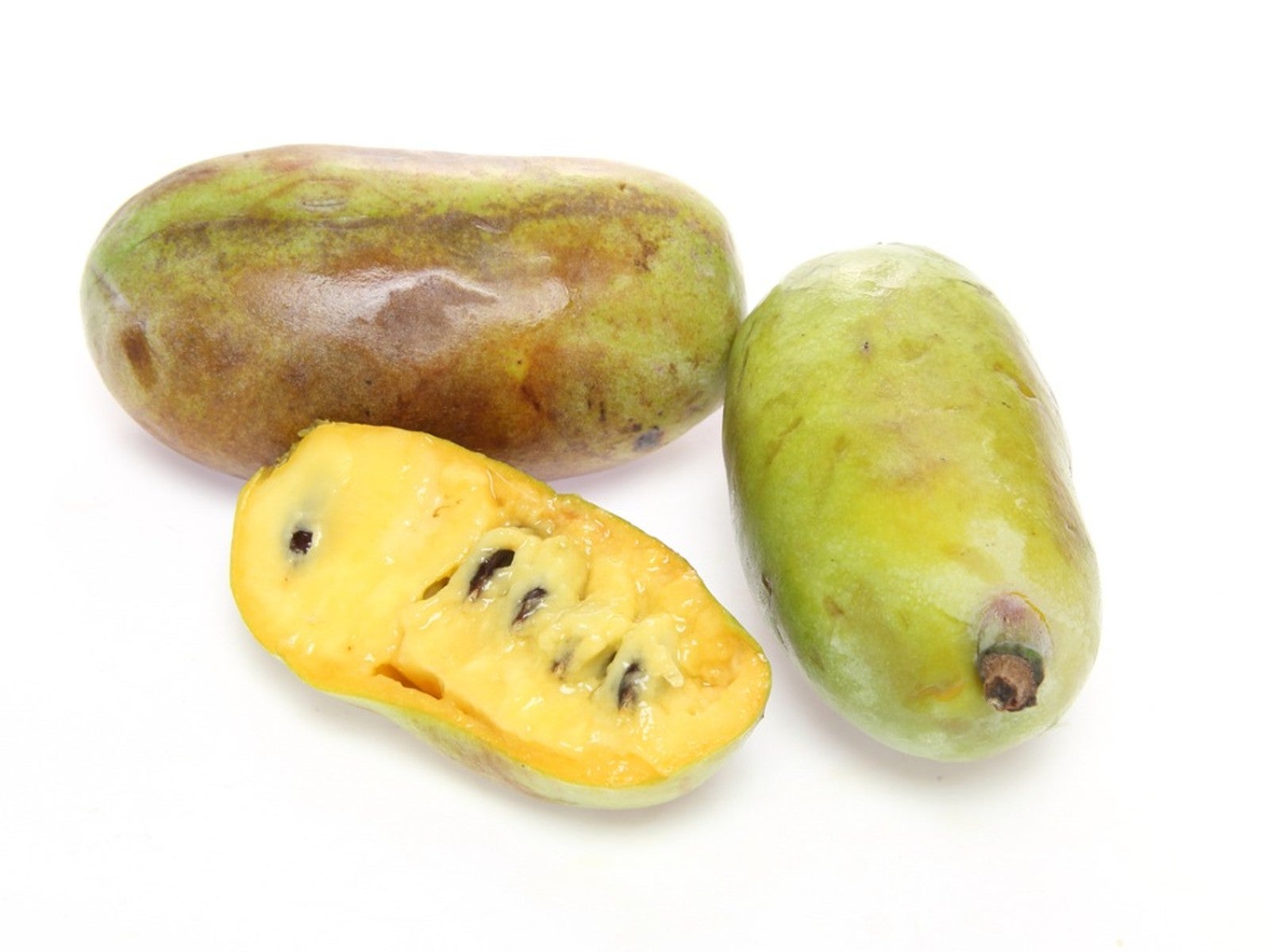 Pawpaw Pie - Dessert Ideas To Use Pawpaw Fruit This Thanksgiving
Pawpaw Pie - Dessert Ideas To Use Pawpaw Fruit This ThanksgivingThe bold flavors in pawpaws make excellent desserts. If you are new to this fruit, learn how to prepare it for a variety of delicious recipes.
By Bonnie L. Grant
-
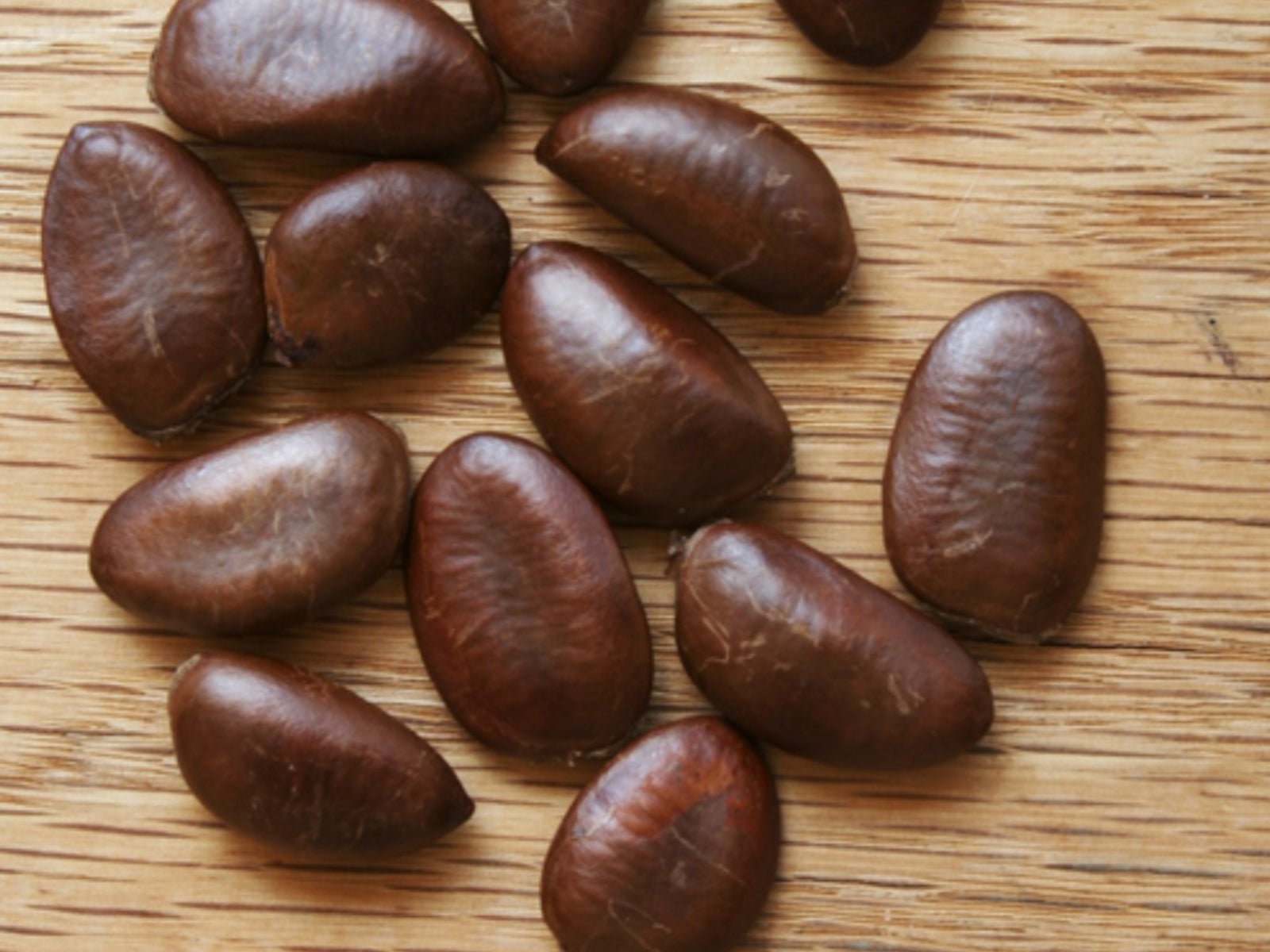 How To Plant Pawpaw Tree Seeds: Tips For Germinating Pawpaw Seeds
How To Plant Pawpaw Tree Seeds: Tips For Germinating Pawpaw SeedsWith the many dark brown seeds produced in each pawpaw fruit, gardeners may naturally wonder: Can you grow a pawpaw tree from seed? Click on the following article to learn how to plant pawpaw tree seeds.
By Darcy Larum
-
Suckering Pawpaw Trees: What To Do With Pawpaw Suckers
With pawpaw seed propagation, a slow and demanding activity, many gardeners may wonder, "Should I keep my pawpaw tree suckers for propagation instead?". This article will answer that question, as well as other questions about pawpaw sucker maintenance.
By Darcy Larum
-
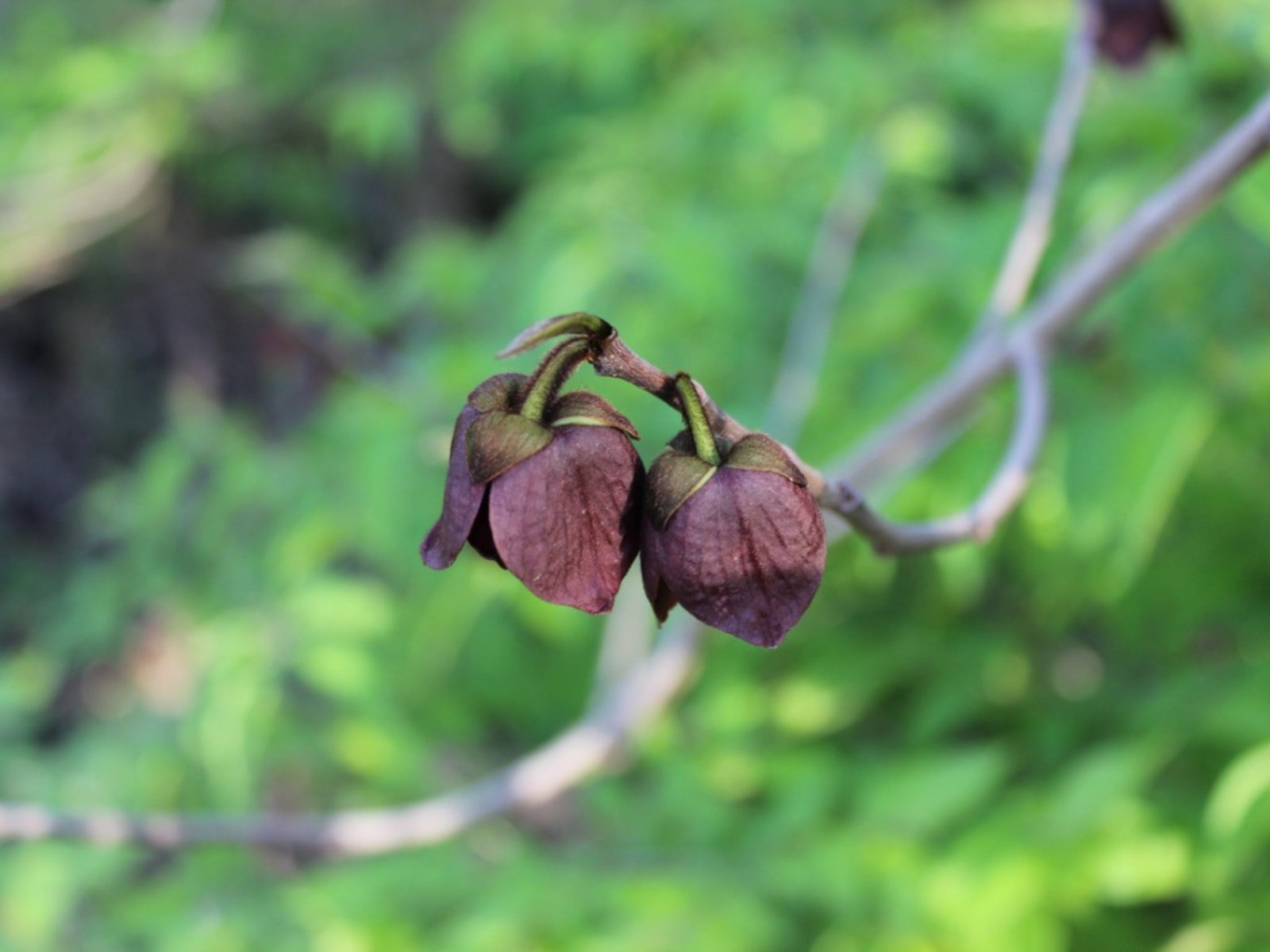 What Sex Are Pawpaw Flowers: How To Tell Sex In Pawpaw Trees
What Sex Are Pawpaw Flowers: How To Tell Sex In Pawpaw TreesOne reason this delicacy is not commercially grown has to do with pawpaw flower sex. It is difficult to know what sex pawpaw flowers are. Are pawpaws monoecious or dioecious? Is there a way to tell the sex in pawpaw trees? This article will help address the issue.
By Amy Grant
-
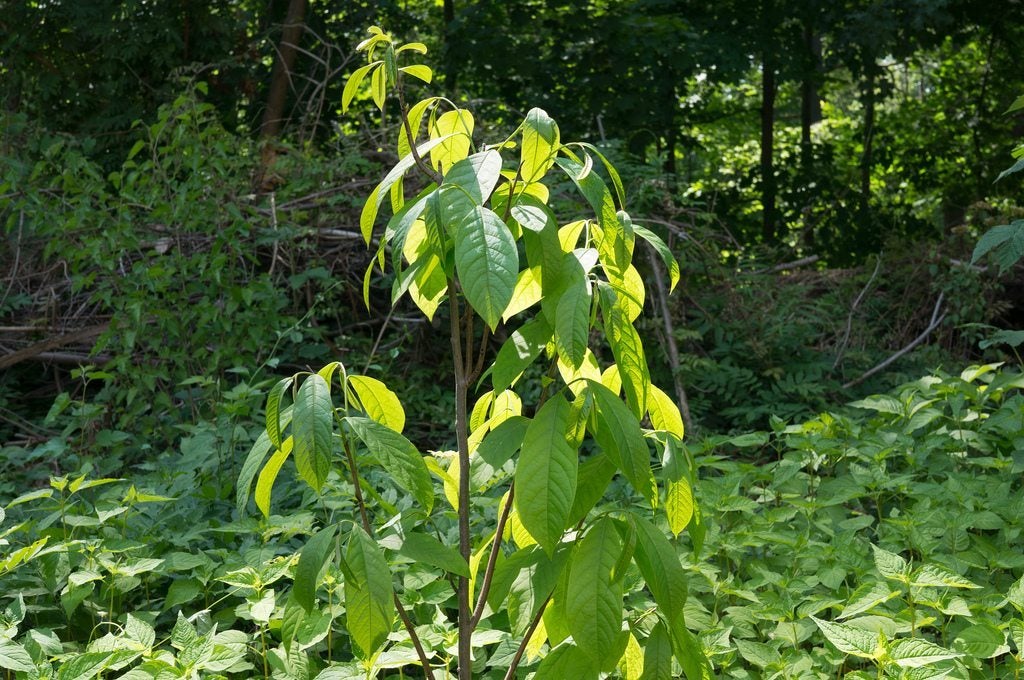 Pawpaw Trimming Guide: Learn How To Prune A Pawpaw Tree
Pawpaw Trimming Guide: Learn How To Prune A Pawpaw TreePawpaw trees are the most common fruit trees native to North America. Pawpaw trees grow best in a shady location with excellent drainage. Pawpaw pruning may sometimes be useful but it is not an essential. To find out if and when you should cut back pawpaw trees, click here.
By Teo Spengler
-
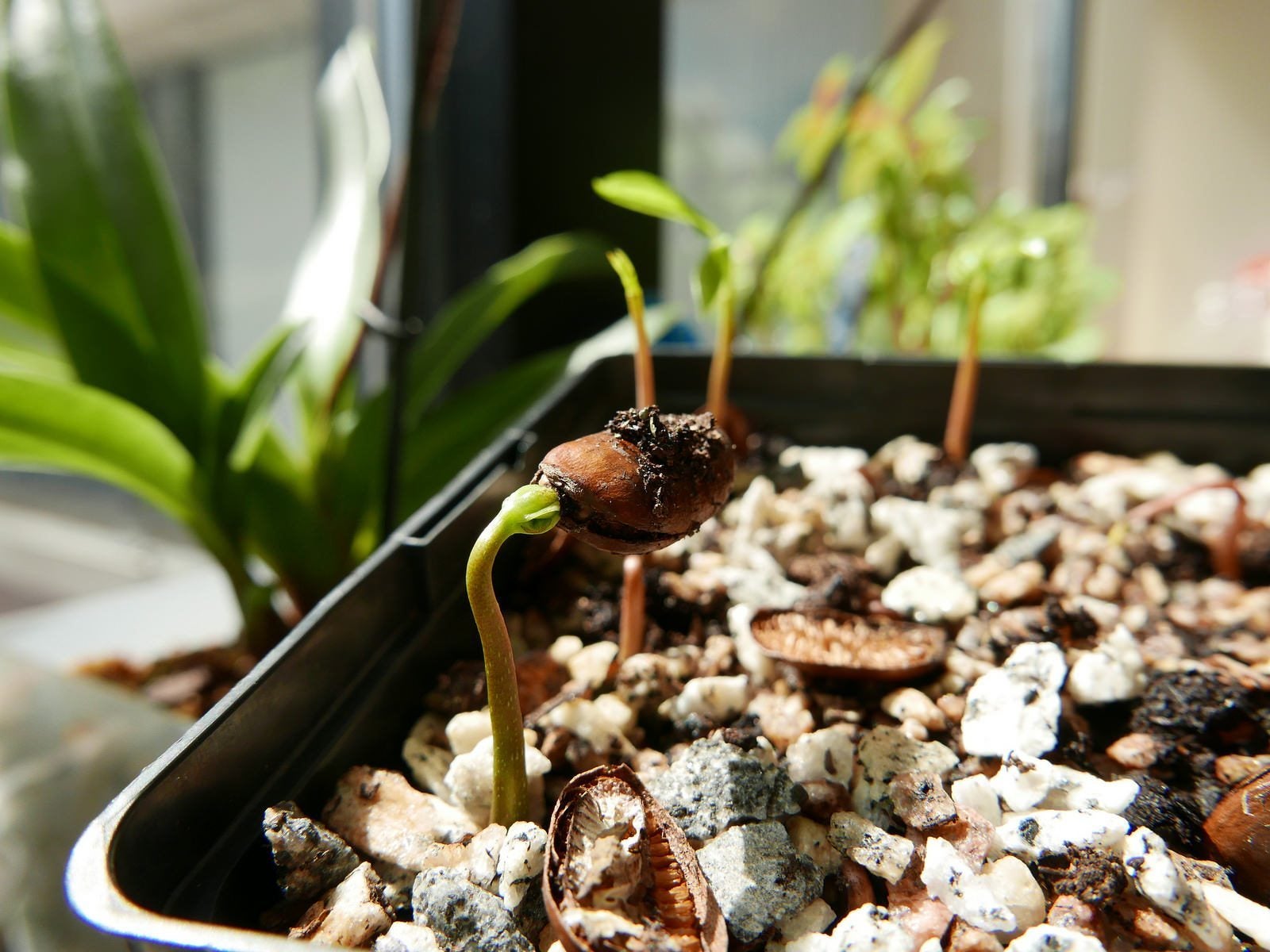 Tips For Propagating Pawpaws – How To Propagate A Pawpaw Tree
Tips For Propagating Pawpaws – How To Propagate A Pawpaw TreeThe pawpaw is a strange fruit that deserves more attention. Reportedly Thomas Jefferson's favorite fruit, this North American native sprouts up in groves in the wild. But what if you want one in your own backyard? Click here to learn more about pawpaw tree reproduction.
By Liz Baessler
-
 Do Deer Eat Pawpaws – Tips For Keeping Deer Out Of Pawpaw Trees
Do Deer Eat Pawpaws – Tips For Keeping Deer Out Of Pawpaw TreesI have been considering planting and growing pawpaw trees, but I have a bit of trepidation about the whole deer issue. Are pawpaws deer resistant? Is there a way of keeping deer out of pawpaw trees? Let's find out more together in this article.
By Shelley Pierce
-
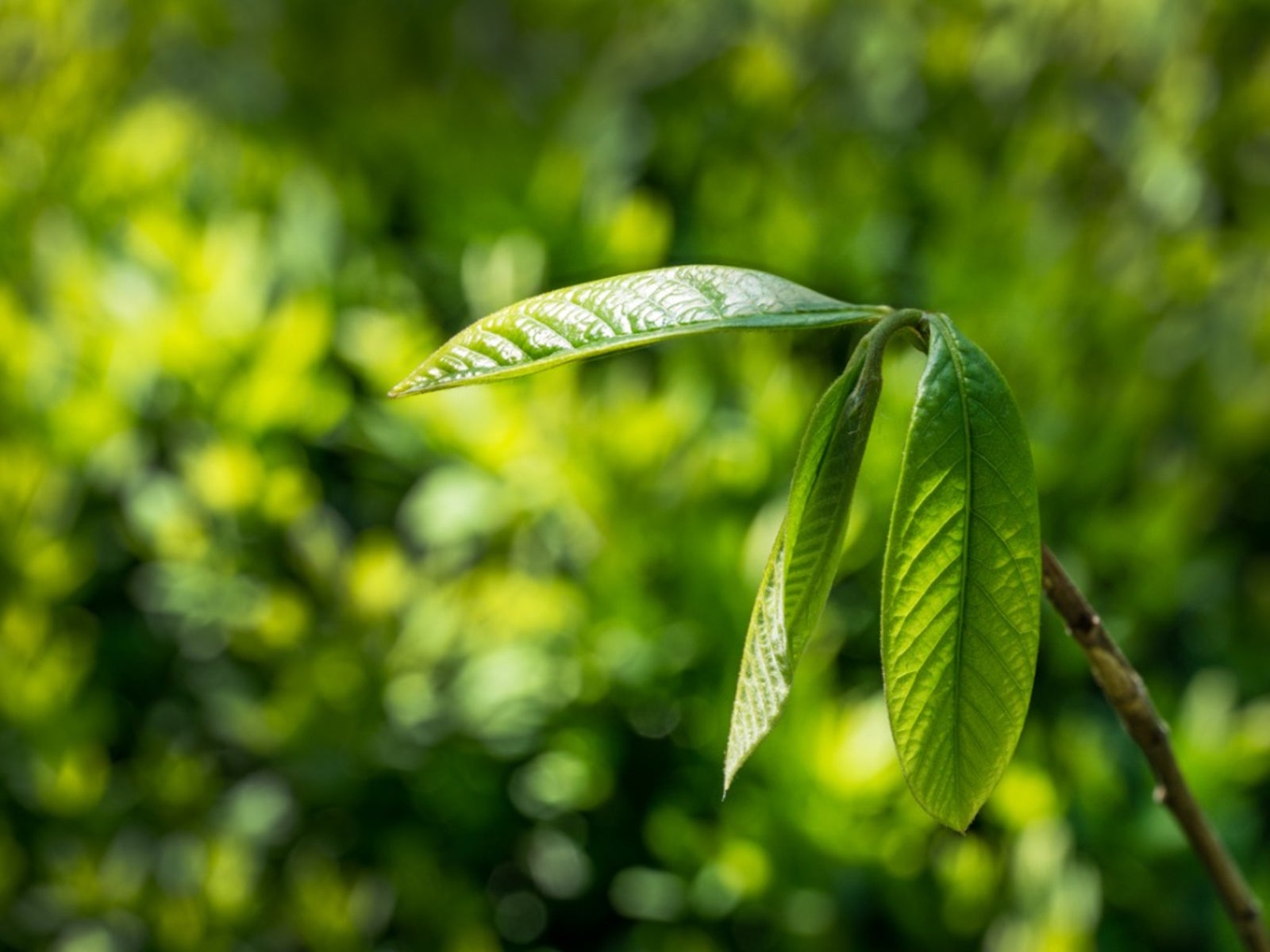 Pawpaw Cutting Propagation: Tips On Rooting Pawpaw Cuttings
Pawpaw Cutting Propagation: Tips On Rooting Pawpaw CuttingsThe pawpaw is a tasty and unusual fruit. But the fruits are rarely sold in stores, so if there are no wild trees in your area, the only way to get the fruit is usually to grow it yourself. A common question is if you can propagate the tree from cuttings. Find out here.
By Ilana Goldowitz Jimenez